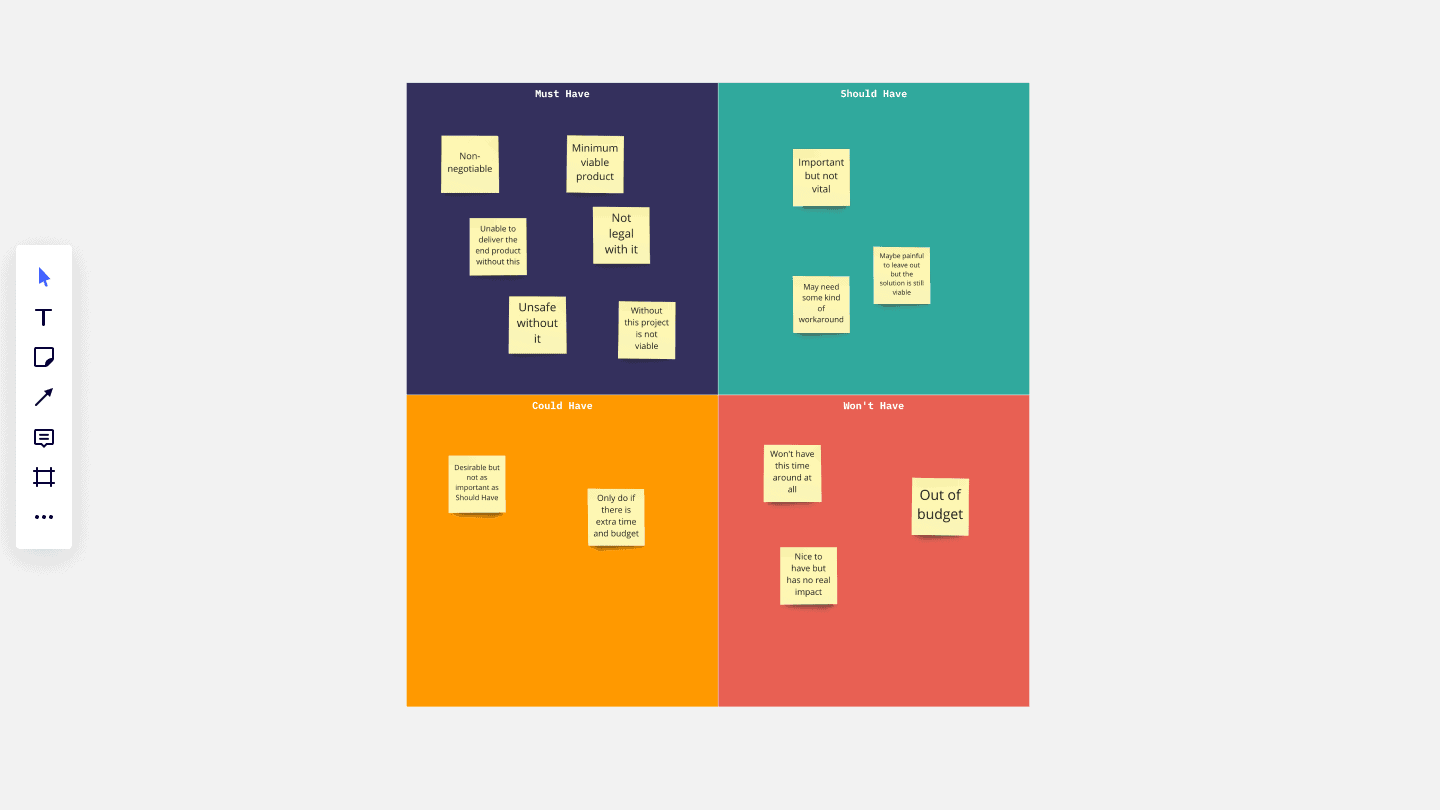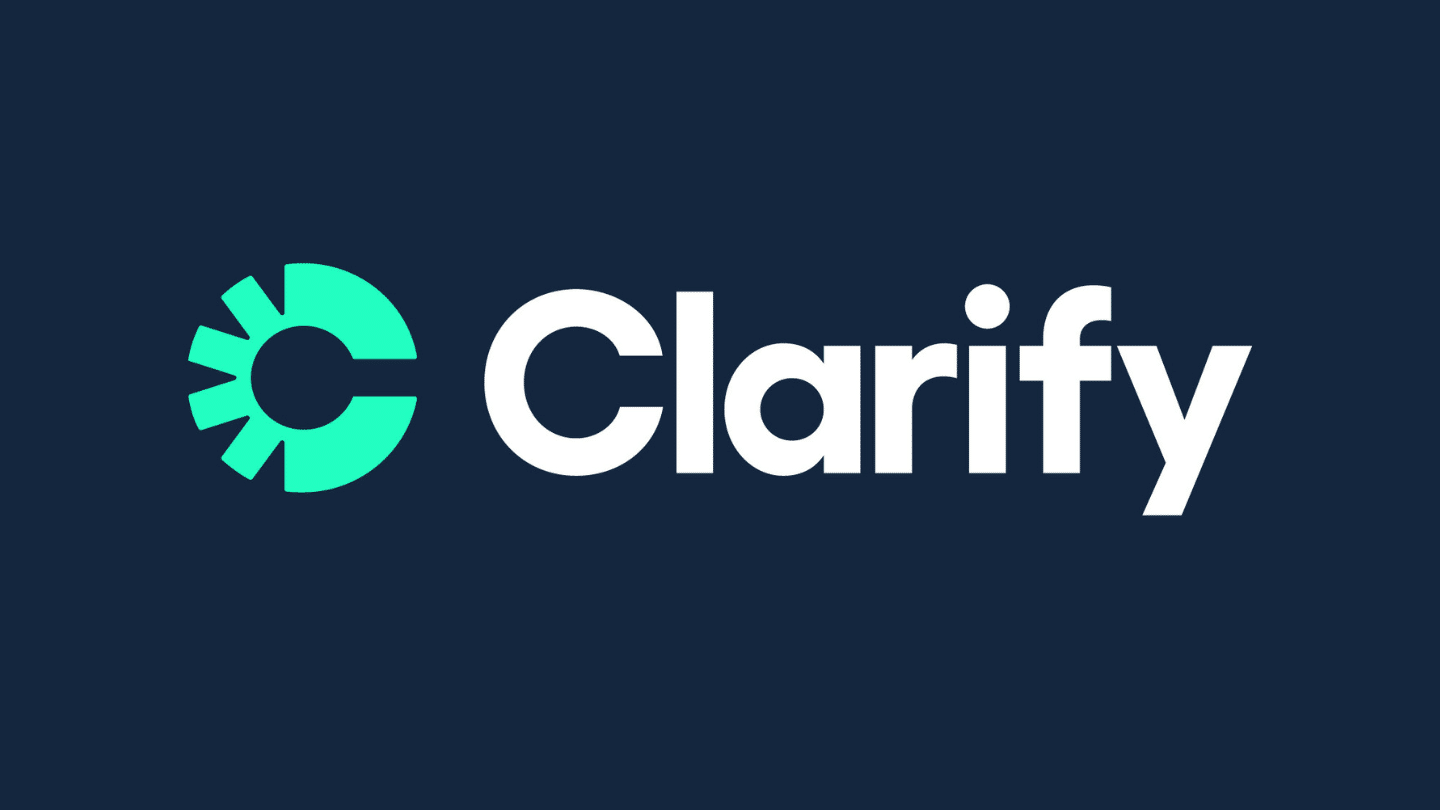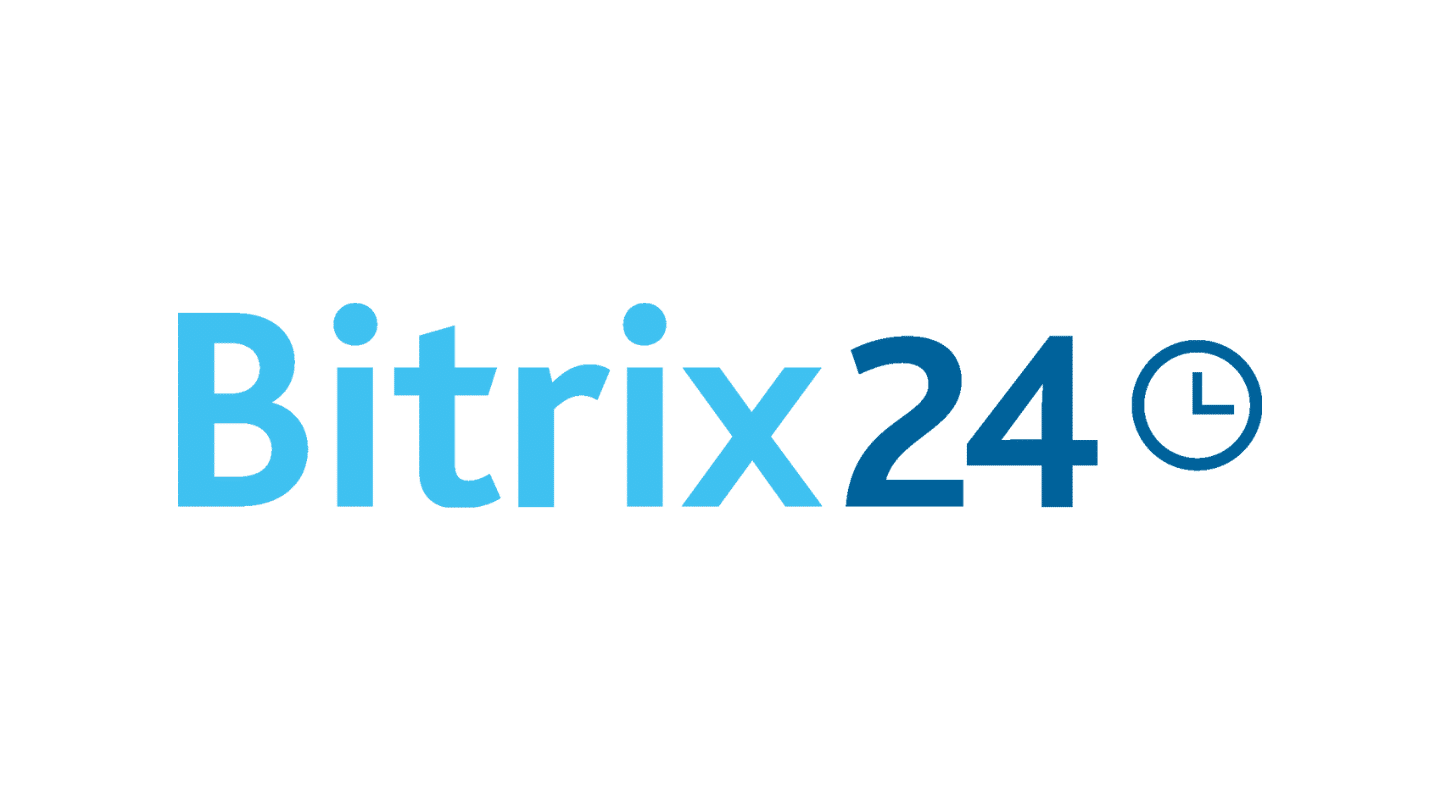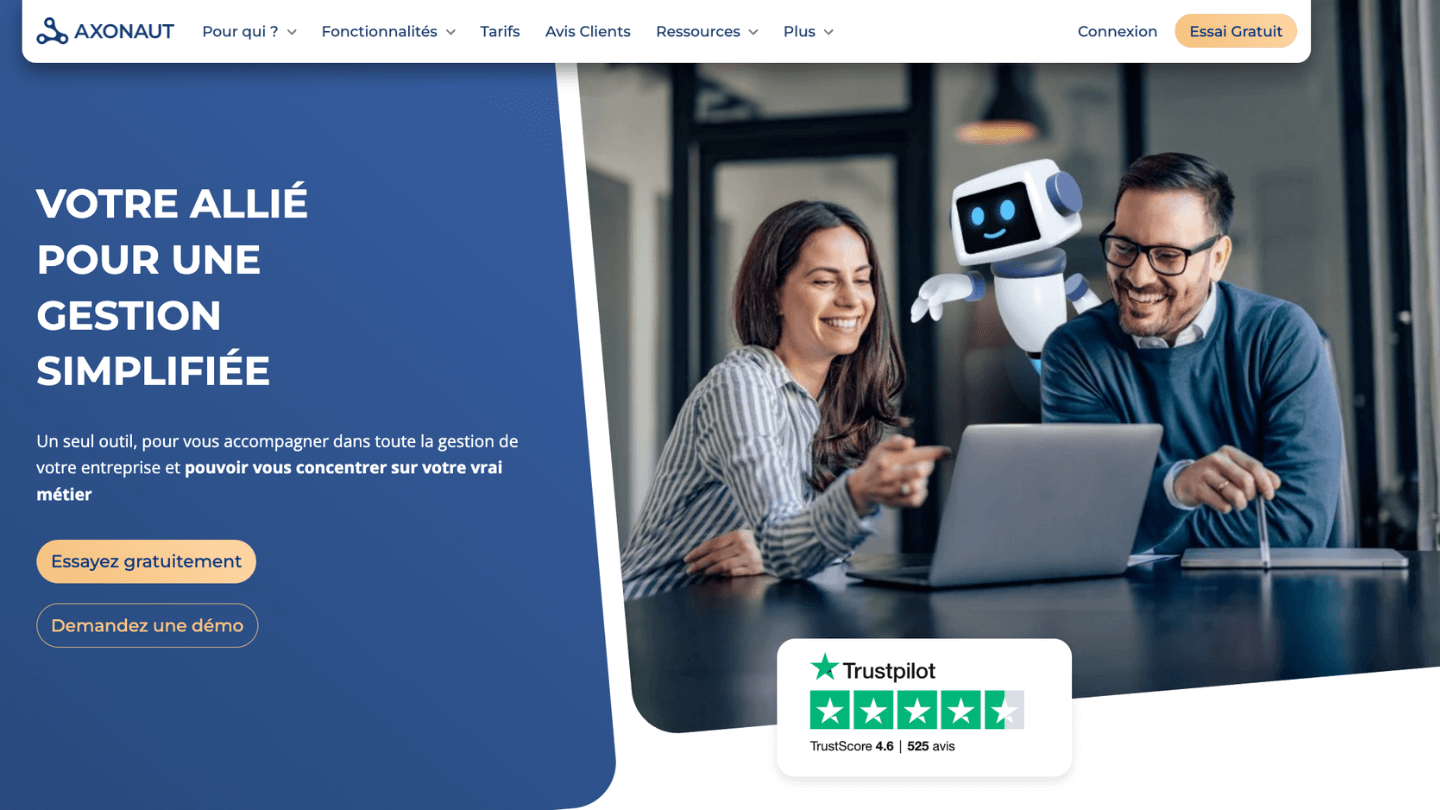This post is intended to help you build up detailed CRM software requirements for your organization, step by step.
We came up with a 4-step method, identifying your organisation’s needs and translating them into requirements for the target CRM solution:
- Defining the objectives
- Expressing the target CRM vision
- Functional requirements of the target CRM
- Evaluating different CRM solutions
Sommaire
[Step 1] Defining the objectives
If you start by saying “I want the system to have xyz features” without knowing what needs they meet and how they will meet your needs, you’ll end up spending money on unnecessary features and missing out on the ones you really need.
Why are you changing your CRM?
First, ask yourself why you want a new CRM system. Try to identify the problems you have with your current system and their impact on your organisation.
Using a CRM requirements template can make your life easier. Selecthub have built a free requirements template that can help get you started.
Once you know the ideal outcome, you can identify what you need to improve. What needs to change? This varies from company to company, but there are some commont patterns:
- Efficiency: Is your sales team overwhelmed by administrative tasks?
- Performance monitoring: can you simply measure the effectiveness of your current methods?
- Sales volume: do you simply need to make more sales?
- Access: Does your team need to access key customer data and notes on the move? On mobile? In-store?
In every case, quantify what you want to achieve as succinctly as possible. This will help you define your functionality requirements later on, and it will be a massive help when you’re fighting for budget if you can show expected ROI.
The importance of setting clear objectives is well illustrated in this case study on the implementation of British Airways’ CRM after September 11. In a crisis context, every expense had to be rationalised. In the end, BA chose technology that was very outdated by today’s standards, but managed to eliminate considerable costs and increase the company’s margin considerably. Effectiveness isn’t always sexy. It rarely is.
How will your teams access the new system?
Not only do you need to know the number of users but also how and when they will access the system. Remote being the new standard raises tons of question around accessibility, administration, and access rights management.
Also keep in mind the deployment method you choose (cloud-hosting or on-premise) will affect the budget for the new software, the implementation services you will need and the ease of access to the system.
It is worth asking these questions when evaluating solutions:
- For a SaaS, what is the average downtime of the provider over a year and what happens in case of loss of connectivity? You can of course negotiate this in the SLAs, but the objective is to ensure maximum uptime.
- Would you prefer a fully managed, cloud-based system or one installed on your own servers?
- If so, are your servers sufficient, is your IT team able to take this on, and what backup procedures should be put in place?
- For an on-premise solution, do your employees work in one office? Several offices? What about telecommuting? What about working on the road?
- If they work remotely, what devices and operating systems do they use?
- Can you afford to replace existing equipment or will any new system have to fit in with your existing equipment?
How intensively will the system be used?
It is often forgotten to take into account the constraints the system will be under, such as the number of people using the system and the amount of data it will store.
It is better to overestimate slightly and have extra capacity than to have to upgrade it in the near future, with all the extra costs this involves. Don’t try to save a few thousand dollars here.
Going further
To help you understand this, we offer some general resources on CRM:
[Step 2] Expressing the target CRM vision and main requirements
Gathering the requirements from all stakeholders
1. Interview all stakeholders
A successful CRM solution must meet the needs of both management and end users.
The views of end-users are valuable because they spend the most time interacting with prospects and customers. They are therefore very well placed to point out observed shortcomings in the systems already in place and may even have ideas for solutions to these problems.
By asking the right questions, operational problems and customer dissatisfaction can be uncovered that management may not even have been aware of.
Pro tip
When running a qualitative analysis, focus on the “extreme” users first to get a realistic observation panel: for example, those who use the software a lot (power-users) and those who use it very little, or those who have been in the company for 20 years and those who have only been there for 6 months, etc.
This is a particularly important step because it will also help future users feel involved in the process from the beginning, which will make them more willing to adopt the new CRM solution once it is deployed. Adoption is one of the main causes (if not the main one) of CRM project failures. Make sure you include every user persona in your requirements, and make sure it is universally felt that you did.
Beware
People say what they think, but not always what really is. It is often very valuable to take a few hours of observation, during which you just watch the software being used, and note any difficulties that occur. Be sure to debrief with whomever you observe afterwards to make sure they’re not surprised by your analysis.
2. Collect and analyse data
The information gathered from the participants should now be organised and analysed to bring out the recurring themes. You may wish to ask additional questions to clarify both the current situation and the desired future situation.
The functionality and performance levels of existing systems and processes (including manual processes) should be catalogued and described in reasonable detail, including relevant details of existing systems, from shared spreadsheets to the company’s ERP system (the differences between CRM and ERP are explained in this article), and how these systems work (or don’t).
The aim here is to gather as much feedback as possible, and prioritise it according to the number of times it has been given to you.
How to define good CRM use cases?
A use case identifies WHO (actor) is doing WHAT (interaction) with the CRM system for what PURPOSE (objective) without dealing with the internal elements of the system.
A comprehensive set of use cases specifies all the different ways in which the CRM system will be used and therefore defines everything that is expected of it. It should be written in clear and simple language: avoid unnecessary jargon.
Defining the right actors
The actor in the use case is not necessarily a person: it may simply be another computer system, such as e-mail or accounting. Actors are those who interact with the CRM system, without being part of it. The use case describes this interaction – what the actor does and how the system reacts. Conversely, it is not yet concerned with the implementation of the system or the exact interface it will have.
To help you see more clearly, we have listed some examples of use cases:
- Better prioritisation of leads
- Save time by automating low value-added administrative tasks
- Track sales & deals in progress
- Identify upsell opportunities or churn risks
- etc.
But also, other ideas in bulk: animation of sales meetings, automation of banal tasks, management of multiple sales and prospecting channels
Hence the importance of writing good use cases. 8 tips :
- Describe the objective. What do you want to achieve and how will you know when you have succeeded?
- Identify your stakeholders: one for each use case, whether it is people, groups or other systems.
- Describe the process and all the steps the actors will have to follow and the behaviours they will have to adopt to meet the functional requirements of the system.
- A use case is a story that has a beginning and a sequence of events that lead to the end: each step is an action. To help you, you can use action verbs in the writing.
- Each use case should have between six and ten steps. Write it clearly and simply so that users can understand it in two minutes.
- Avoid “if” instructions.
- Forget the user interface – for now.
- Separate formulas and rules in a separate document.
Definition of the current process
The aim is to establish precisely how your currently work. Whether you already have software or rather a set of Excel files, this will allow you to clearly identify the distance from the target vision.
[Step 3] Functional requirements of the target CRM
The “Core” features of CRM
It is often assumed that CRM is only for the sales and marketing teams, as they have the most contact with customers. But a CRM system concentrates essential information for the entire organisation.
For example, data collected during the sales process may be vital for account managers or legal departments.
Don’t over engineer
Many organisations use multiple CRM systems, but this can slow down productivity and lose potentially beneficial synergy between departments.
To help you, here are some essential functions of a CRM according to the teams:
1. For sales management
Sales are the lifeblood of a business and it is often considered that a good CRM system should maximise sales. To achieve this, a CRM system usually offers the following features:
- Contact management
- Sales performance management
- Business collaboration tools
- Sales forecast
- Track management
- Rules for track allocation/track routing
- Customised pipelines
- Product level quotation
2. For customer service
Happy customers are loyal customers, who want to be listened to, understood, and have their problems solved. This is the main task of customer service, but not the only one: it also provides valuable information to support marketing and sales teams and strategic decision-making.
Consider the onboarding
Organisations are often caught off guard when a prospect becomes a customer. A salesperson may have learned a lot about the customer’s needs, but if that information is not recorded effectively and passed on to the account manager who is dealing with the customer, it is useless. This data needs to be captured and accessed in a systematic way.
In terms of specific features, here are some basic features to get you started:
- Case management
- Online support environments
- Automation of prospecting
- Customer support automation
- Team Inbox
- Management of service level agreements
- Automation of scenarios
- Custom ticket status
3. For marketing
Marketing is one of the most important applications of any CRM: by keeping information up to date, it enables well-targeted marketing and therefore maximises results. Matching the most relevant products or services to your customers’ needs improves engagement, increases sales and maximises return on investment.
Some specific marketing functions :
- Management of marketing leads
- Management of e-mail lists
- Segmentation of e-mail lists
- Campaign management
- Social network management
- Event marketing and webinars
- Follow-up of lead generation
- Assessment of prospects
- Integration with marketing automation software
4. For business reports and analysis
If you don’t know where your organisation stands, you can’t plan for the future. A CRM system allows you to produce reports, not only on sales but also on workflows to identify problems and improve planning and performance.
Graphical representations are an excellent way to quickly understand current or past performance and to spot trends. The possibilities are vast – the list below is just a sample of the reports available:
- Pipeline/business decline
- Effectiveness of discounts
- DOA (dead on arrival)
- Leads by source
- Leads by offer
- Contacts by life cycle stage
The “Advanced” features of the new CRM
There are currently an almost infinite number of advanced functions but here are some of the main ones that are offered in all cases.
Planning, programming and collaboration
An organisation, no matter how big or small, is a team with many parts. It needs to work together, which means knowing who does what and when.
Automated scheduling with reminders ensures that everything goes according to plan in the company, while shared access to work ensures that everyone has the relevant information at all times.
There are many messaging tools external to CRM, such as Slack, but there can be real benefits to keeping intra-company communications in the system to help track workflow.
VoIP
In terms of VoIP, this system can easily manage all calls, displaying key details. This can be invaluable for organisations with high call volumes that need up-to-the-minute information.
Integration of social networks
Unless you live in a cave, you are well aware of the importance and ubiquity of social networks today. Sometimes overlooked by organisations, integrating your social networks with your CRM allows for more effective management of the company’s public image and engagement.
Sector-specific workflows
Each business sector has its own needs, which is why many CRM systems specialise in a single sector, for example Guestware for the hotel sector or Contactually for real estate. These systems will offer specific features for each sector (reservation management for hotel CRM) but also integration with their flagship software (Zillow for real estate).
Must-have & Nice to have

The Salesdorado definition
The MoSCoW method is a prioritisation technique used in business to reach a common agreement with stakeholders on the importance they attach to meeting each requirement.
Its name comes from the following acronym:
- M – Must have
These are the requirements that are considered “must-haves”: if one of them is not met, the project is considered a failure. But beware, the “Must Have” requirements may change category in agreement with all parties involved, especially if new requirements are deemed more important.
MUST can also be seen as an acronym for Minimum Usable Subset.
- S – Should have
These are important requirements but not essential to the project (or there is a way to meet them temporarily and then address them later).
- C – Could have
Requirements labelled “Could have” are desirable but not necessary: they can improve user experience or customer satisfaction at minimal development cost. They will usually be included if time and resources permit.
- W – Won’t have
Won’t have” requirements have been recognised by stakeholders as the least critical, least cost-effective or not appropriate at the time. Therefore, they are not planned into the schedule: they are either dropped or reconsidered for a later schedule.
Going further
To help you find your way around, see our various articles on CRM:
[Step 4] Evaluating different CRM solutions
Develop a supplier ranking system
Once you have listed and prioritised your requirements, it is a matter of organising this information so that stakeholders can rank suppliers according to their ability to meet these requirements.
This ranking system can also be used as a demonstration guide for suppliers to ensure that they meet priority requirements and process them in a logical sequence when presenting their CRM platform details to the team.
Pro tip
Your grading system should really focus on functionality and the ability of each supplier to specifically meet the requirements, rather than on general characteristics.
Planning tailor-made presentations
Your potential suppliers need to be informed in advance about your company’s current situation as well as its future; they need to understand the functional areas of your company and the roles within them.
Ideally, each supplier’s representative gives a personalised demonstration of their solution. Normally, it is in their interest to provide the most complete picture possible of their solution and how it can solve your organisation’s problems.
Although you won’t have proof of this until you have committed to a supplier, most suppliers make an effort to show you as many features as possible during the presentation of their CRM software to convince you.
Dig deeper
A presentation is not always enough: suppliers may need to research certain details and then follow up with you. A subsequent technical review session may be necessary, for example to ensure that your team understands the integration requirements of existing systems.
Going further
To find the right CRM software, discover our comparisons on the subject:






